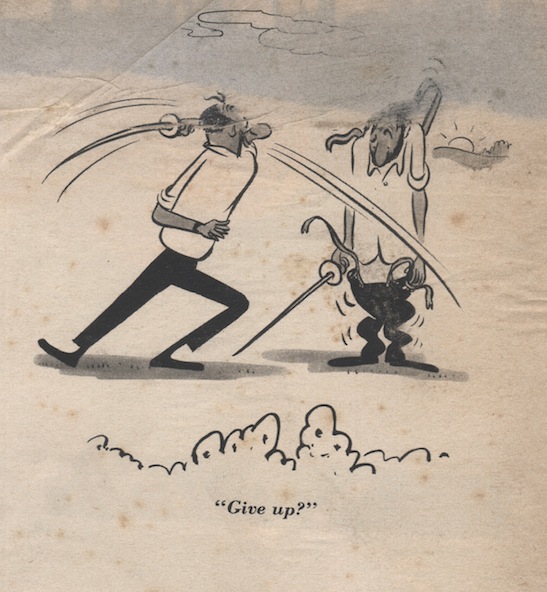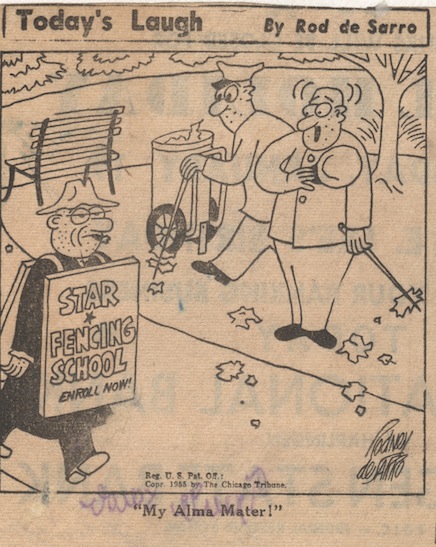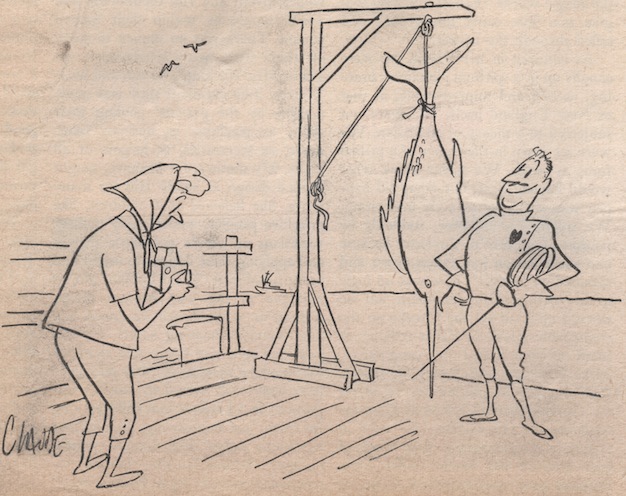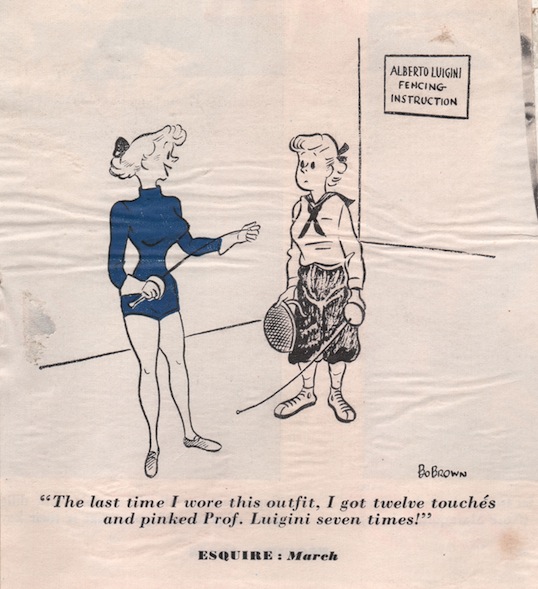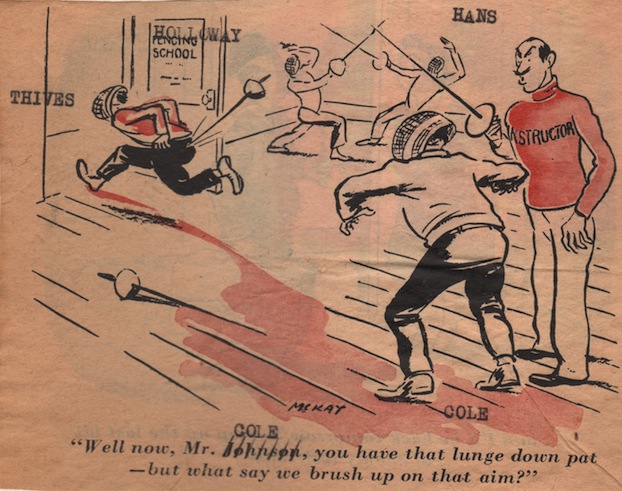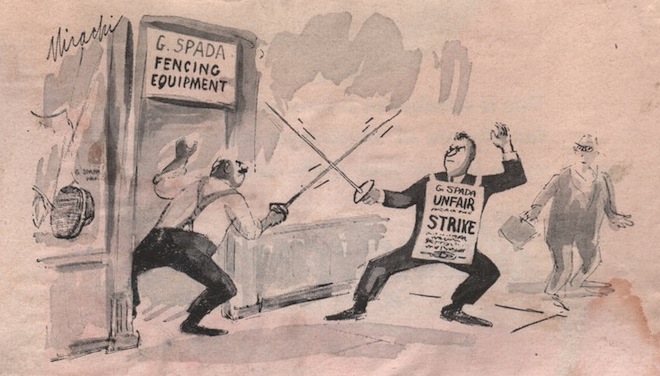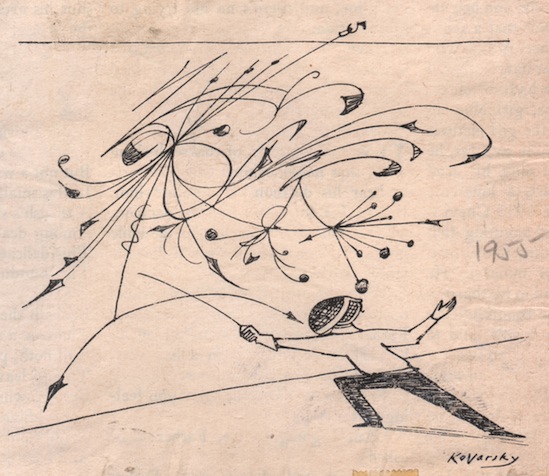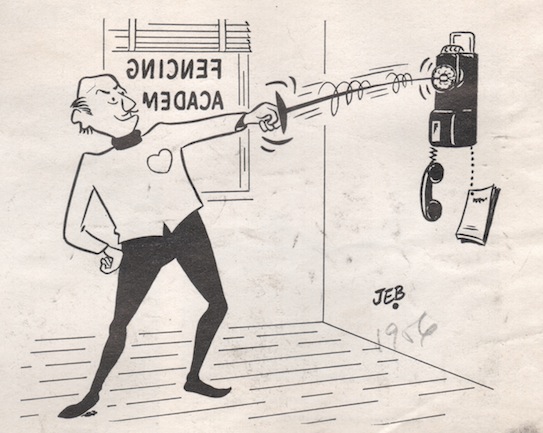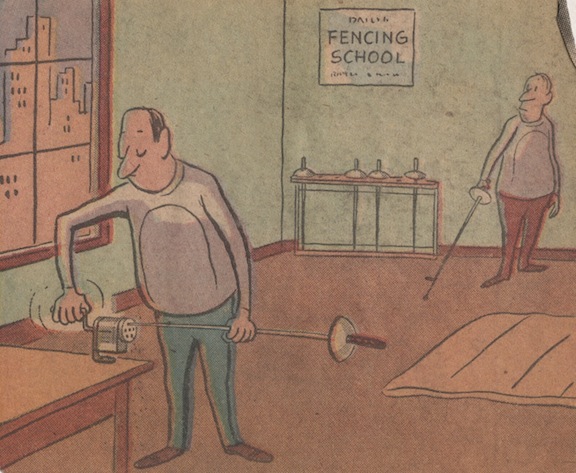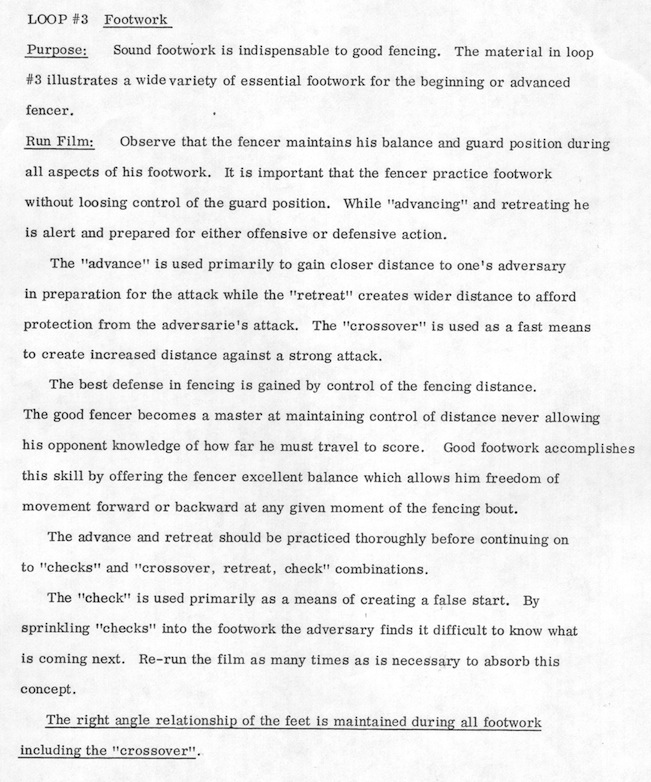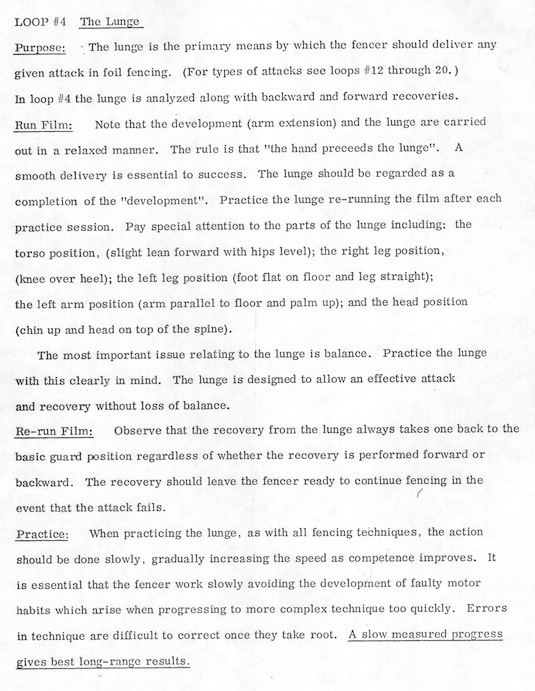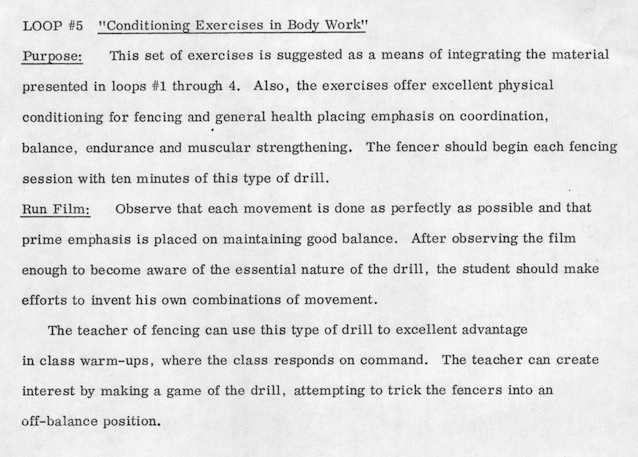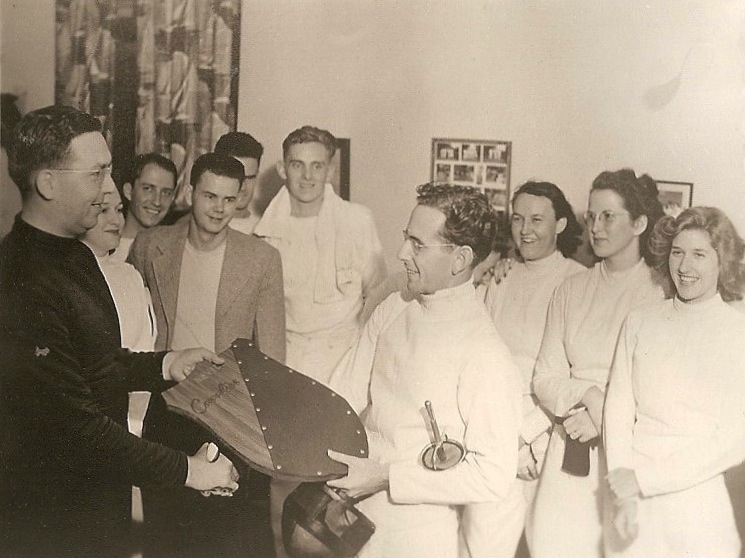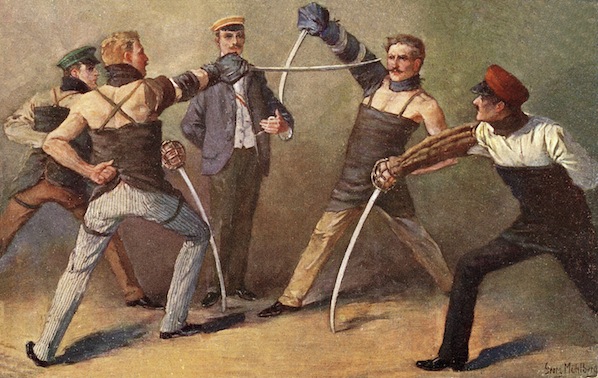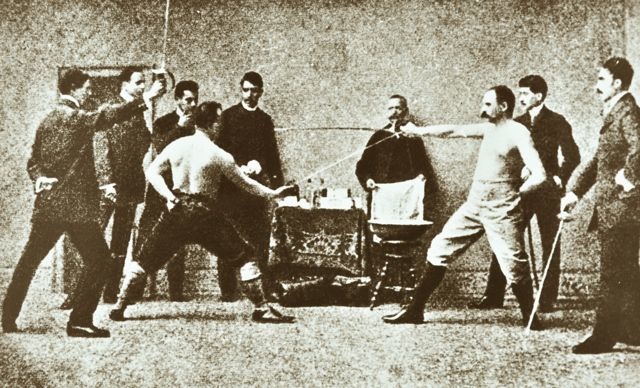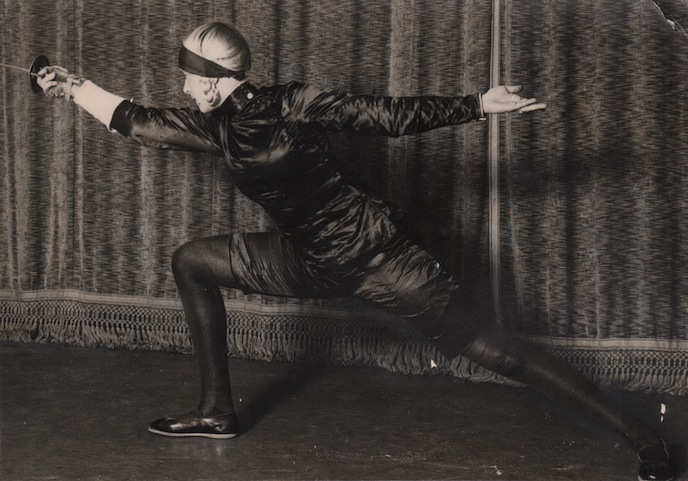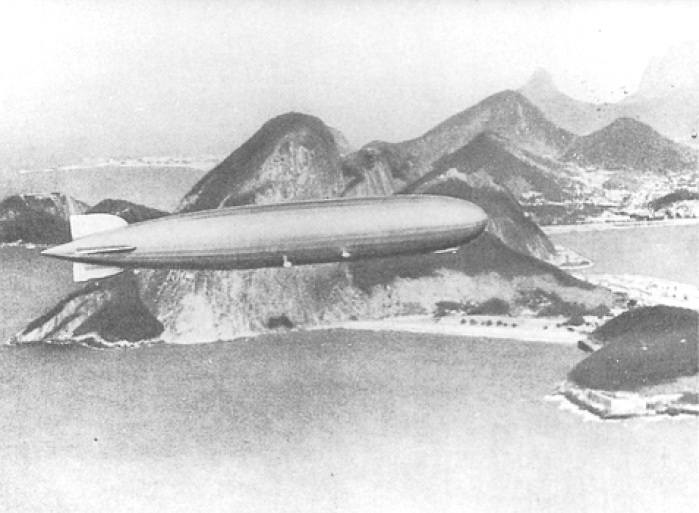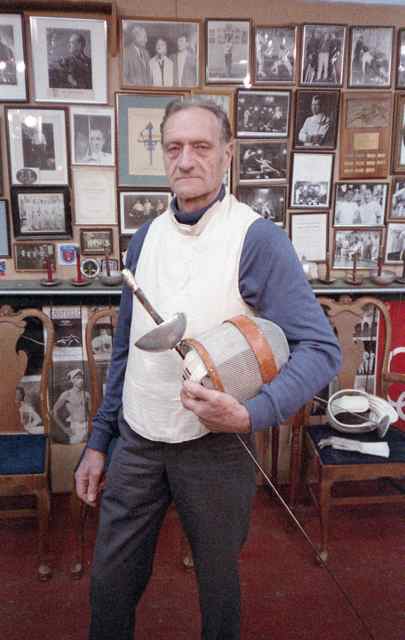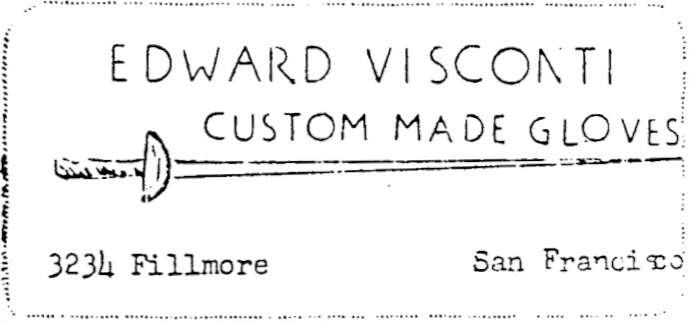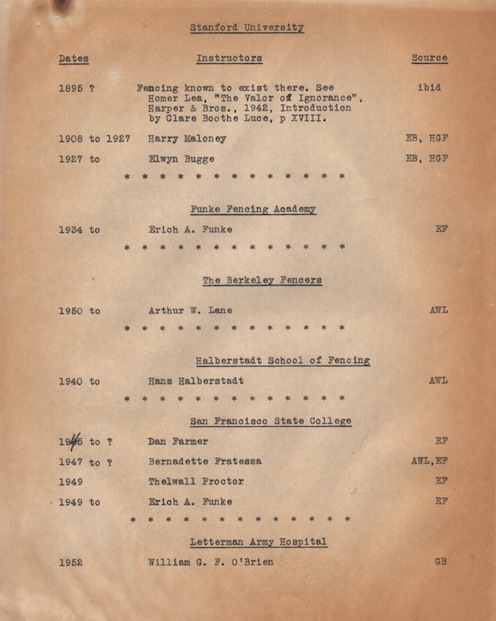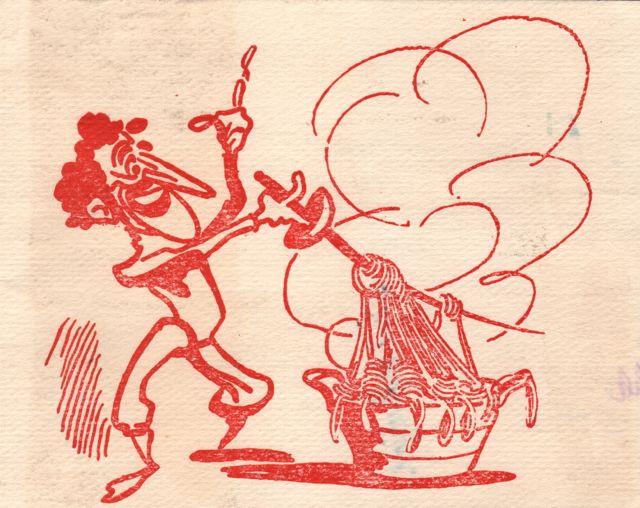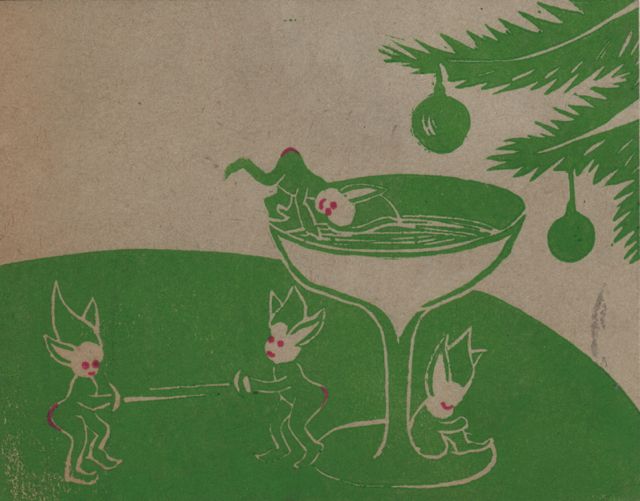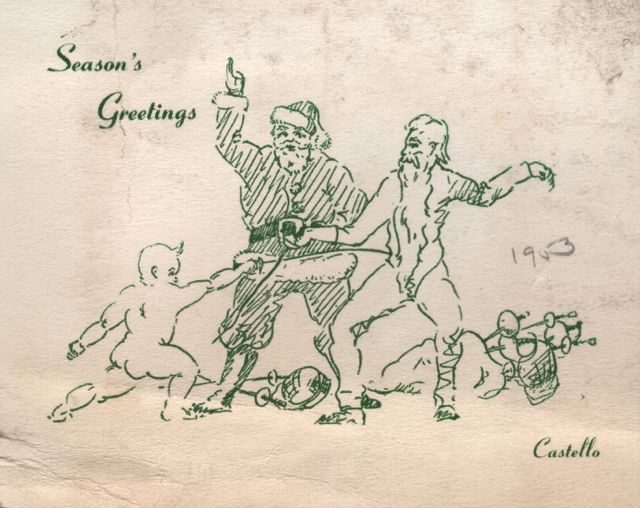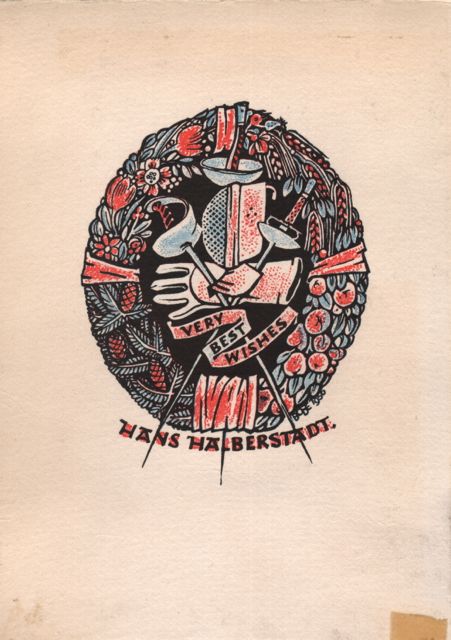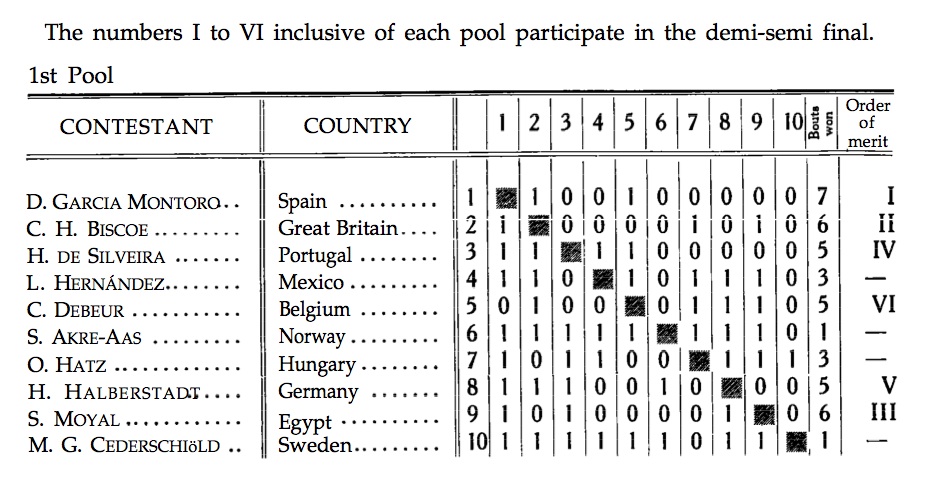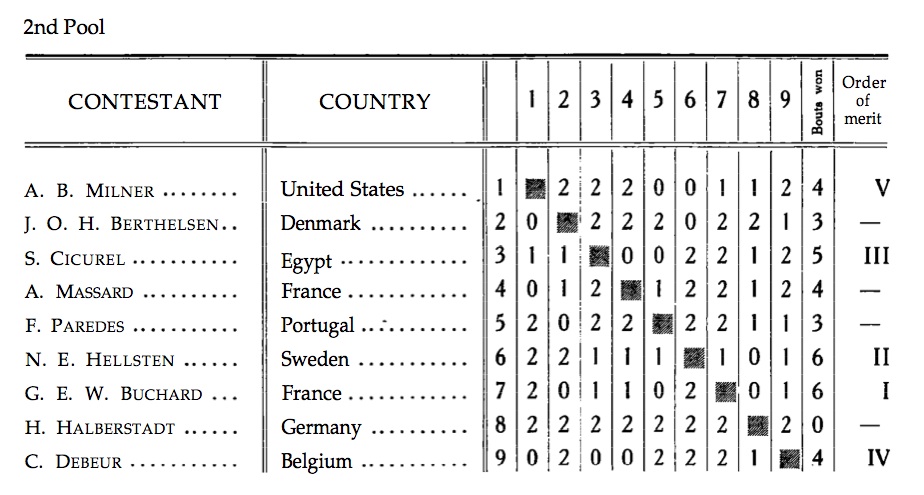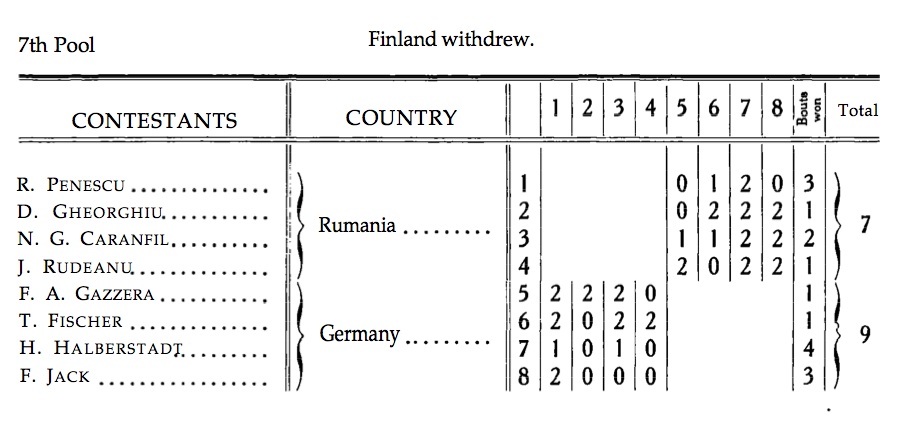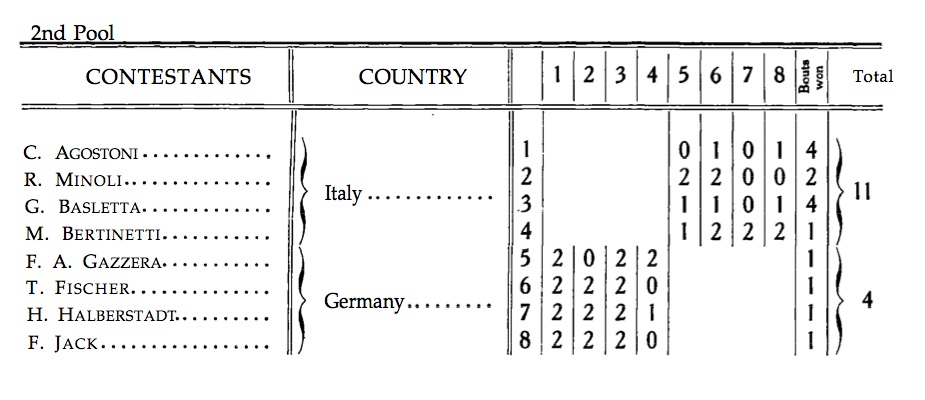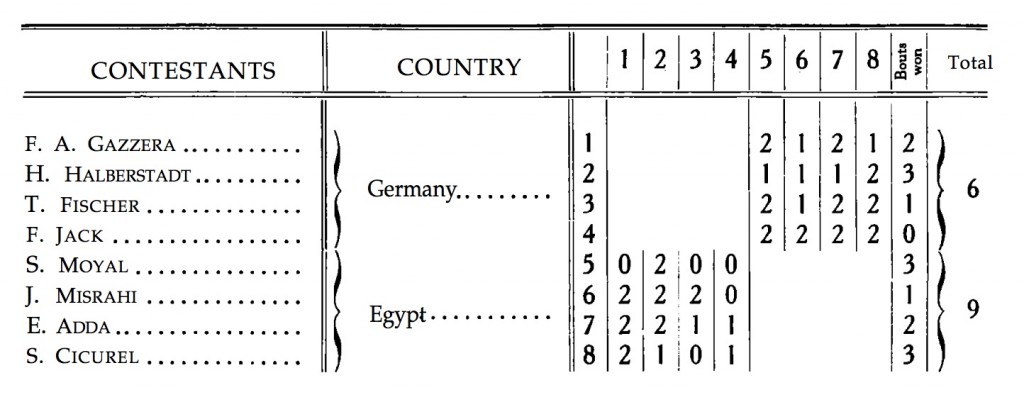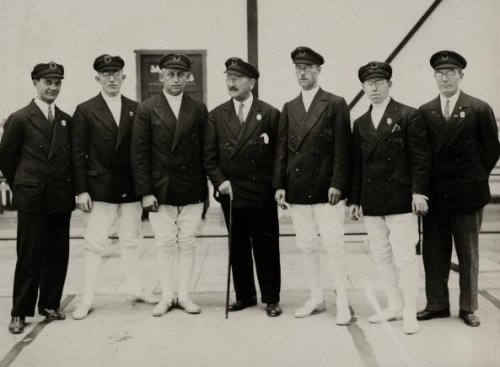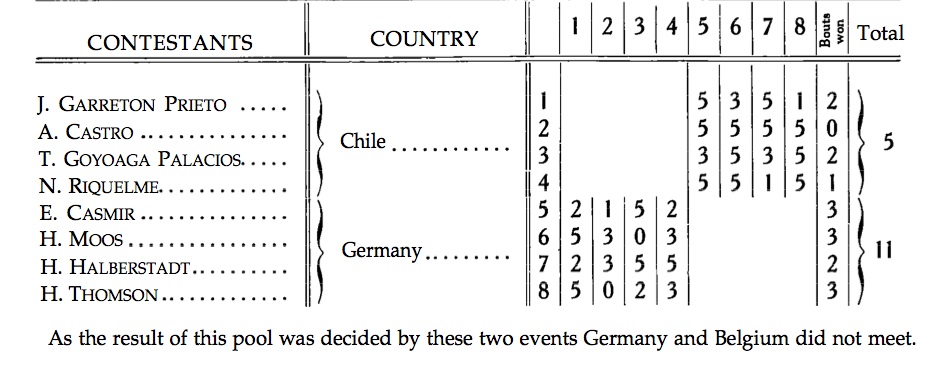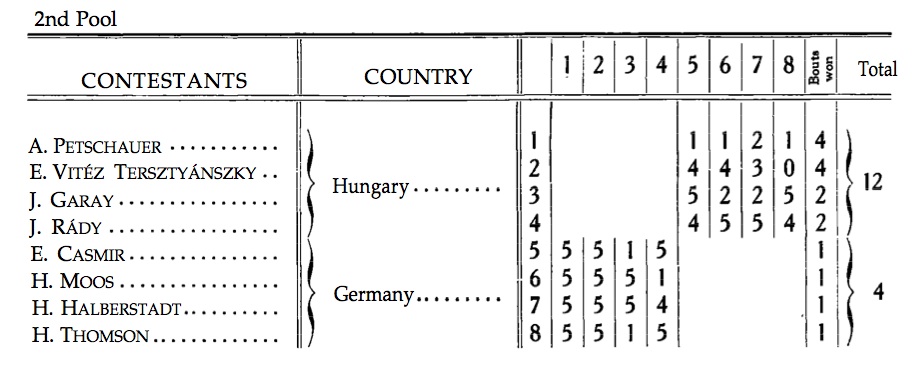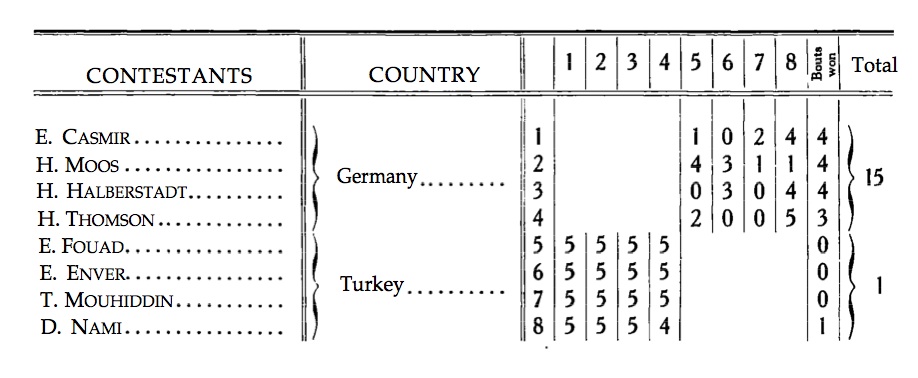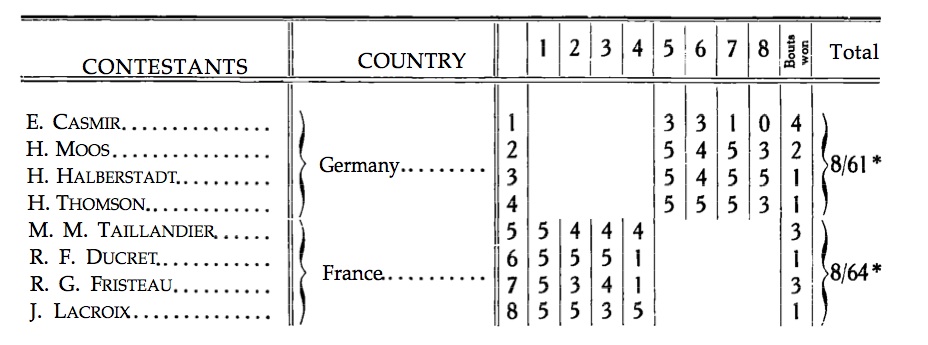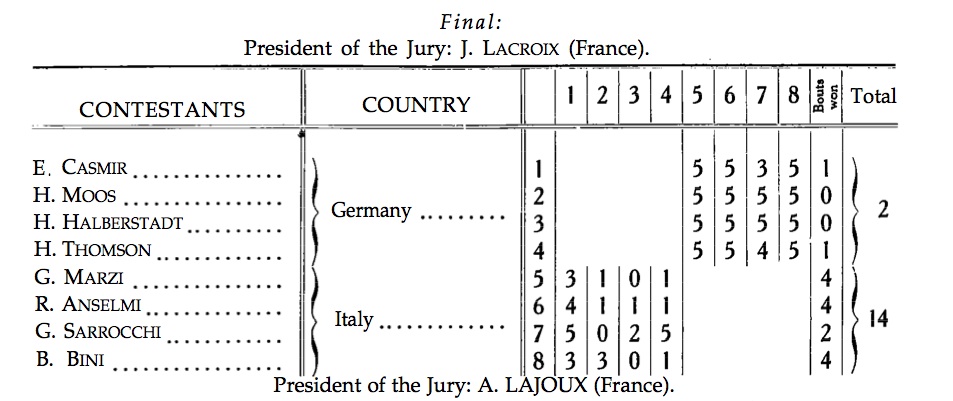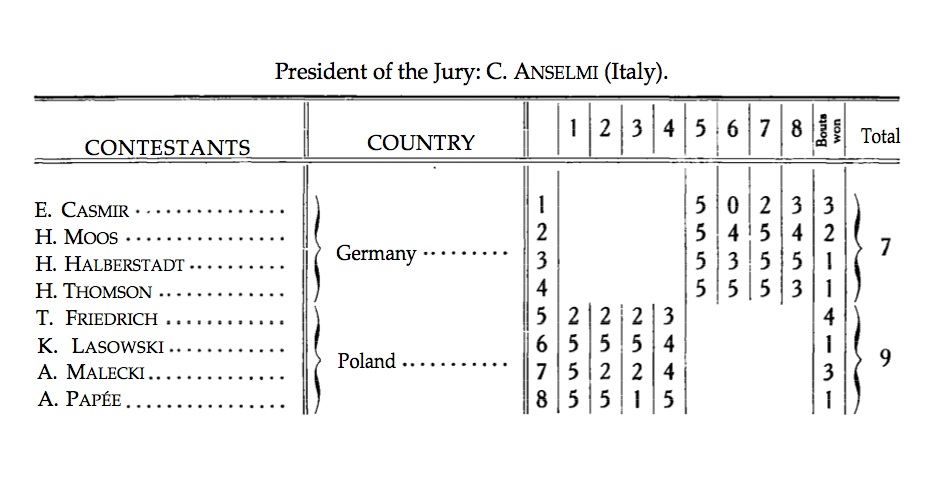Random Stuff
Trying out still more page formatsJust A Standard Page
Nunc et vestibulum velit. Suspendisse euismod eros vel urna bibendum gravida. Phasellus et metus nec dui ornare molestie. In consequat urna sed tincidunt euismod. Praesent non pharetra arcu, at tincidunt sapien. Nullam lobortis ultricies bibendum. Duis elit leo, porta vel nisl in, ullamcorper scelerisque velit. Fusce volutpat purus dolor, vel pulvinar dui porttitor sed. Phasellus ac odio eu quam varius elementum sit amet euismod justo. Sed sit amet blandit ipsum, et consectetur libero. Integer convallis at metus quis molestie. Morbi vitae odio ut ante molestie scelerisque. Aliquam erat volutpat. Vivamus dignissim fringilla semper. Aliquam imperdiet dui a purus pellentesque, non ornare ipsum blandit. Sed imperdiet elit in quam egestas lacinia nec sit amet dui. Cras malesuada tincidunt ante, in luctus tellus hendrerit at. Duis massa mauris, bibendum a mollis a, laoreet quis elit. Nulla pulvinar vestibulum est, in viverra nisi malesuada vel. Nam ut ipsum quis est faucibus mattis eu ut turpis. Lorem ipsum dolor sit amet, consectetur adipiscing elit. Maecenas nunc felis, venenatis in fringilla vel, tempus in turpis. Mauris aliquam dictum dolor at varius. Fusce sed vestibulum metus. Vestibulum dictum ultrices nulla sit amet fermentum.
Peter Burchard on Ion Drimba
More Cartoons!!
Ok, last week’s post of cartoons with a fencing theme was very popular and I’m not above giving the people what they want – at least, once in awhile. I mean, it’s not scoresheets from the 1953 Chula Vista Sabre Invitational, but not everyone has my tolerance for obscure portions of historical minutiae. But I know we can all agree on cartoons!
As an aside, one of these days I want to put together a collection of all my favorite animated cartoons that have fencing themes. It starts to thin out pretty quickly after Tom & Jerry’s classic, “Touché, Pussycat!” Feel free to chime in. Maybe we can have a movie night in Berkeley.
For this week, I return again to the very useful and entertaining pages of the Halberstadt scrapbooks for a selection of cartoons, this batch dating from 1949 to 1951.
A couple of fun notes. The fifth one, let’s call it “The Proud Fisherman”, is from the pages of the New Yorker and the original art of that comic is part of the West Coast Fencing Archive’s permanent collection. So there’s that. The last one in this series, Ferd’nand by Mik, holds a special place in my childhood memories. My parents taught elementary school for a year or two in the desert of Southern California near the town of Indio. (Think Palm Springs, but no shopping.) One of their students was a child of the comic artist, Mik, who drew Ferd’nand, and my parents had a small stack of books filled with Ferd’nand comics, given to them by the artist, that I would ‘read’ endlessly. Ferd’nand never says anything in any of the comics – no word balloons anywhere, so they were highly enjoyable to my non-reading young self. Anyway, that one’s at the bottom of this small stack of cartoon enjoyment.
This is the one for which the original art is part of the WCFA collection, acquired from John McDougall. Thanks John!
This one has been personalized to reflect some personalities of the times. On the door, someone typed in “Holloway” above ‘Fencing School’. One of Hans Halberstadt’s paying gig was teaching that the Elizabeth Holloway School of the Theater in San Francisco.
The Ferd’nand also has some writing on it that seems to put names to the characters, but unfortunately I can’t really decipher it.
Fencing Cartoons: Out of the past
How prevalent in the world of cartooning is the subject of fencing today? I’ve recently seen more television ads and print ads featuring my favorite sport, but the classic humor or editorial cartoon? Maybe I read the wrong magazines. That’s certainly a plausible answer. The New Yorker seems to still print cartoons in the way they always have and I really don’t see it very often these days. And, really, newspapers? I confess, my wife has us subscribed to the Sunday NY Times, but I seldom read it with any conviction and never hunt through it for editorial cartoons. Maybe I’m missing a resurgence of cartoons that reference fencing in a more (or less) humorous tone.
What I can do to get my fencing cartoon entertainment value maximized is return to the pages of the Halberstadt Scrapbooks. I was fortunate to be given the opportunity to lend a hand to the Halberstadt Fencers Club, taking on the task of scanning every page of the four volumes that were started by Hans Halberstadt in the 1940’s and salvaged from water damage in the early 1980’s. Just under 1,300 individual scans. The heart of the collection goes from about 1948 until just before Hans passed away in 1966, so almost 20 years of tournament programs, flyers, news clippings, photos, obituaries and cartoons. I don’t know the number of how many newspapers Hans subscribed to, but it must have been quite a few. Also possible is that his students would find something and bring it to him, giving Hans the opportunity to preserve it in his own scrapbook. However the collection was amassed, it’s impressive. There are a LOT of cartoons scattered throughout the scrapbooks.
The handful I’ve selected for today’s post are not advertisements, although Hans certainly collected a lot of those as well. These are humorous cartoons for the sake of humor. They won’t sell you anything, but they might give you a chuckle. I thought that might be a fun diversion for all of us. I can’t effectively credit these, as I don’t know from what newspaper or magazine they were cut out from. Some contain the signature of the artist, some don’t – or at least, the signature didn’t make it into the scrapbook. I hope no one gets angry at me putting them up here for personal enjoyment. These are all well into their middle age; they’re even older than me!
More Selberg Instructional Series!
Rather than making things suspenseful, as in, “How will I ever learn how to fence properly if the West Coast Fencing Archive doesn’t continue to post more of the Selberg Instructional Series?!” sort of suspense, I’ve opted for stringing the next three installments together in a single post. We have the technology; let’s use it to our benefit!
For those of you in the dark, check out the first two posts with Parts One and Two from last year:
http://westcoastfencingarchive.com/2015/01/09/the-selberg-instructional-series/
http://westcoastfencingarchive.com/2015/10/26/the-selberg-instructional-series-part-two/
All caught up?
This one works the same way. A ‘course notes’ sheet, usually a single page, accompanied each segment of the learning process. Since we’re skipping merrily through 3 segments like reading a Cliff Notes edition of ‘How To Fence’, below are the write-ups for our three parts:
Part Three: Footwork
Part Four: The Lunge
Part Five: Conditioning Exercises in Body Work
After all that reading, you need a nice video break! Here are the segments from the 1971 Charles Selberg Super-8 Instructional Film Loops, titled “Modern Foil Techniques”, Parts 3, 4 & 5. Enjoy!
Two Stories
I was thrilled to receive an email back in December from Archive reader and Friend of the Archive Kevin Murakoshi who, while perusing Ebay, came across a selection of papers and books that were related to John McKee and the Cavaliers Fencing Club that was in existence in Los Angeles from 1935 until sometime in the late 1980’s or early 90’s.
McKee’s Cavaliers were a very strong club for a long period and McKee himself is credited with training numerous excellent fencers, foremost of which has to be 1952 Olympic finalist and 4-time US National Champion Maxine Mitchell.
The only picture I have of McKee so far, thanks to Andy Shaw of the Museum of American Fencing. McKee in black, standing far left presenting a large plaque. Maxine Mitchell is 3rd from the right.
Kevin was kind enough to scan some of the loose documents he acquired and share them with me. I’m still going through all of them to dig out interesting details, but I thought it would be fun to share two stories in McKee’s own words that were part of a larger document he wrote about the history of his Cavaliers club. Because what’s better than fencers telling fencing stories to other fencers?
Here are the transcriptions, with pictures I’ve added to enhance the story!
THE GERMAN CHALLENGE
This happened at the Pasadena Y during the War. A young man came to class and asked to see the Master. Bill Lundeberg broke into my lesson with Maxine and told me I had a visitor.
I introduced myself and asked if I could help him?
“Yes”, he said, “I would like to challenge you to a saber bout. You may use your own judges and director and if I win, you are to acknowledge, here in your Salle, that Adolf Hitler and his soldiers are better than the Americans!”
I was utterly astounded. My first thought was how did this Nazi escape our concentration camps. My second thought was that we were dealing with a nut. He stared at me waiting for me to make up my mind. I thought I hit upon a solution.
I called George Seibert over and told him about the challenge. I could see he thought the same as I did. I said, “This is most unusual, you know, but I will accept on one condition.”
“And what is that?”, he asked.
“That you acknowledge before the entire class that Hitler and the Third Reich are a bunch of madmen, if you lose!” I replied.
He looked us over for a moment and said, “That seems fair. I’ll be back next week with my equipment and we can have the bout.” With this he turned on his heel and left. Needless to say, the class was disrupted for the rest of the evening. All the rest of the week I received calls from my students and some of our opponents. Was I really gong to do this? Yes, I was!
The night arrived and I never saw so many students show up at once. There was a reporter from the Pasadena paper. I picked Seibert to direct and Bill Lundberg, Maxine, Moreene and Todd Ryder to judge.
He never came back! We didn’t know his name or where he lived or anything about him. We all agreed on one thing. He was deadly serious when he made the challenge. We figured that he couldn’t take a chance on losing. Or maybe he had been picked up by the police. Anyway, the excitement was over!
THE ENGINEER’S CHALLENGE
This happened during the war also. One night at our Long Beach Y class, a young man (about 30 years old) came to class followed by about ten of his students. He was an engineer at the local airplane plant and conducted classes in saber at his home. He was of Hungarian descent and fencing was in his blood. So he told us.
He wanted to challenge our best saber man to a bout. He had promised his students that he would show them some action. I asked Pat Lowery, our reigning saber champion, to oblige him. Our challenger had a saber, a mask, and a sweatshirt for a jacket, and no glove. I told him that he couldn’t fence in this outfit and that we would have to lend him the proper attire. He became irate at this and stated that he always used this sweatshirt and didn’t use a glove. He seemed quite desperate about being allowed to fence this way that I assumed he had bragged about this to his students and not to do so would ruin his Macho image in their eyes.
I consented and told Pat privately, that he as to go lightly on him and to avoid hitting his hand. We squared away and they fenced ten touches. It was obvious from the start that this Engineer had had only two saber lessons. Possibly three. He did not know how to move. Pat hit him at will simply reaching out and hitting. Mercifully, Pat got it over with as quickly as possible and I didn’t think he had done much damage.
When the engineer took off his sweatshirt to put on a slip-over sweater, his torso was red with light red welts. All over. Front and back. Across the back of his hand was another one and it was starting to bleed. I expressed apologies for allowing him to continue when I could see that he knew nothing about it but he would have none of it. His students thought he was a hero. They ooohed and aaawed over his welts and the girls looked upon him as a hero. I guess he had accomplished what he came for. Pat and I were the victims. They looked at Pat as though they could kill him. God help him (the Hungarian challenger -ed) had I turned Armand on him. There was an aftermath!
Several years later I became head of Engineering Research at the same company he worked. He didn’t work for me in a sense but was under my management. I called him into my office one day and asked him to sit down. I gave him some coffee and asked point blank why he had done it?
“Why did I do it?”, he asked. “I had to. I had been telling my class about saber as the Hungarians do it. How brave they are and how you steel yourself to take the blows. It was the only way I could get any of them to do saber. Then I read about your class and an idea came to me. I would challenge one of your students to a bout and show them that I wasn’t afraid and would even wear a sweatshirt and use no glove. This they had to see, so we all came to your class.”
I laughed and said, “Did it work?”
He also laughed and said, “No, it didn’t. Shortly after that they all quit. They were afraid I was doing to ask them to go through the same thing. I guess, in a way, it backfired. I know now that it was a very poor idea and I am glad that my opponent took it easy on me.”
“Yes he did”, I replied, “for awhile I was tempted to turn you over to one of our better hitters.”
He grinned, “Thank you for sparing me that!”
I looked at him for a moment and said, “Pardon me for asking, but where did you learn to fence?”
He replied, “From a book. Wasn’t that obvious?”
I mercifully dropped the subject.
Let’s Review!
I like statistics. Not the kind you learn about in school really. More the kind that come about when you ask yourself questions like, “When will I get THAT done?” and “How many Aldo Nadi stories did I write last year?” (Correct answer for the second question is “7”.) Sometimes they turn out to be mere possibilities, like my schedule, other times the information is a bit clearer. Case in point; I sat down a couple of weeks ago to figure out how many stories have been published on this website in its first year of online life.
With Webmaster Greg’s valiant assistance, we put up 67 stories in calendar year 2015.
The breakdown of topics skews pretty heavily towards fencers and fencing masters of years past that I never in life met. Twenty-one of the stories fall into that category. Besides the aforementioned Aldo Nadi, there is also Hans Halberstadt, George Piller, Louis Tronchet, Helene Mayer, Joseph Vince and Torao Mori. Other stories have tended to skew towards people and events that I’ve been fortunate enough to have met or experienced personally. My long-time coach Michael D’Asaro (Senior) shows up frequently. Charlie Selberg, whose efforts in collecting material throughout his life gave us the starting point for the Archive, also figures prominently. Tournament videos I’ve kept, photographs from my brother and former roommate when I was in college and fencing daily, papers I wouldn’t throw out, memorabilia I’ve held onto or collected over the years, gifts and donations from up and down the state, the valuable contributions from several fencing clubs, all of these have figured into the stories at some point.
It’s been an interesting challenge to keep up the weekly pace. It was even more challenging when I was imagining I could research and write two stories a week. That didn’t last, but it did give me a chance to stockpile a backlog of stories for anyone that discovered the site along the way – which is essentially everyone, since we didn’t go live with hundreds of eager audience members. We are, after all, talking about fencing history. The audience is let’s be nice and say “limited”. However, the lessons that I learned from my previous career always come to the fore as I recall the mantra from making animated films: story, story, story! And really, the stories and personalities that permeate the history of this sport allows some of the entries on the site to be very easy to write. Finally, some of the entries are videos that require a fair bit less writing on my part.
For this year going forward, I’m looking to expand into some stories and histories that I haven’t yet touched on. There are quite a few people that are lining up in the story queue who I am very much looking forward to tackling. California boys Carl Borack (who I have been in contact with) and Bradley Thomas (who I have not been in contact with, but he’s on Facebook!), long-time LA based coach and club founder Duris de Jong, two weapon National Champion Skip Shurtz, and both the brothers Auriol and the brothers Marx are all in the mix. Of course, showing my hand might raise unreasonable expectations for the coming stories – or maybe not. I’ll just have to keep moving forward and carving out stories the best I can fashion as the weeks go on.
In addition to the stories continuing, there are additional things afoot with the Archive. One of the main issues has become – what else – space! With the influx of several collections over the course of the year my storage situation, while not yet untenable, is creating concern within my family unit that I may soon be the subject of an episode of Hoarders. Hey, at least I’d be on TV, right?
Aww, I guess I can live without being a subject on that show. At any rate, it’s a problem to solve in the coming weeks. That or sleep on the couch – an outcome I do not in the least wish to see come to pass.
Looking on the bright side of my hoarding collecting, it means there is more material to sift through to find new and interesting bits and pieces of historical data. In addition, through all of this, new connections have been coming through a variety of means. Several people have contacted me through the website with information, stories and material that has enlightened some dark corners and knowing that the website has been a conduit for that kind of input has been a highlight of this whole process. Others have called or Skyped. I’ve even received regular old mail!
A tangible forthcoming project will be collecting all of the first year of stories in book form. Yet another will be mounting a gallery show of some of the best and/or most obscure images that we have in the collection. I’ve already begun the selection process and have printed a few images. I’ll need to find a good framer, but I have some leads. More information on the date for the gallery show will be posted soon.
In the meantime, thanks to all those of you who have been following along via the website and Facebook. It’s been great to have the immediate feedback of knowing that the posted story attracts (or fails to attract) people’s interest. And, since I can’t help myself, a picture!
A recent ebay find, Helene Mayer in 1928 after her Olympic Gold win. Perhaps the black satin fencing outfit was another part of her victory package, along with the silk stockings! Or maybe it was just what all the fencers were wearing that year.
The Zeppelin Sabre
Any trip to visit Charles Selberg would hardly have been considered a success without his regaling his visitor with some grand story. The subject of the story would often not offer the audience the associated grandeur, but rather the presentation of the tale – and the teller, himself. Charlie was a grand teller of tales, par excellence, a raconteur, able to exaggerate in grandiose fashion to better relate the story.
One of his favorite subjects was Hans Halberstadt, and one of his favorite Halberstadt stories was about the Zeppelin Sabre.
Charlie as Viking, holding the Zeppelin Sabre.
Today, we can take you back to hear the story for yourself, in multiple incarnations, in our latest edition of “Tales from the Archives”.
For any of you who may not know much the history of the great airships of the 1920’s and ‘30’s, below is a picture of the Graf Zeppelin in action – that is, floating along nicely. Sadly, their heyday was short-lived due to a number of disasters, including the wreck of the USS Akron, which claimed the life of the great American fencer Lt. George Calnan.
The Graf Zeppelin in action!
For the George Calnan story, why not visit Andy Shaw’s terrific Museum of American Fencing website?
The Historical Documents of Arthur Lane
The year now gone we knew as 2015 saw the passing of long-time fencer, fencing master, fencing club founder and all around gentleman, Arthur Lane. Harold Hayes, another excellent gentleman who used to share teaching space with Arthur at his Pacific Fencers Club, came into possession of some of Arthur’s papers and was kind enough to pass them along to me to see what I might discover. I did not know Arthur well, but I wish I had had the opportunity for some quality time discussing fencing history with him. His personal story encompassed a great deal of the ground I’ve been covering so far in the past year of this website, as he took lessons from many of the individuals that I have focused my stories on to date. I missed an opportunity to learn from this man, and I regret that loss.
Arthur Lane at the Selberg salle in the woods of Southern Oregon.
One of the first folders I opened up turned out to be a series of notes and letters related to a project Arthur was pursuing in the mid-1950’s for a history of fencing in the Bay Area. There are copies of letters he wrote to a number of correspondents, letters back from several of them, and packets of notes written at different times with names and dates for various teachers and clubs. Of particular interest in a packet of hand-written notes is Arthur’s own history, telling the tale of the parade of fencing masters he learned from. It’s an intriguing list.
Arthur started fencing in 1936 with Erich Funke-d’Egnuff in San Francisco, and was with him until sometime in 1942. In 1942 and ‘43, he was with Ralph Faulkner in Los Angeles. I know that Arthur was in the service during WW2 and he has left a blank in his fencing history for the year 1944, so I must surmise that he was otherwise occupied during that year and possibly parts of others. He returned to San Francisco, fencing for Halberstadt in 1945, ‘46 and ‘47.
Arthur Lane and Helene Mayer at Halberstadt Fencers Club. Harold Hayes told me that Arthur expressed his dislike of this photo, as he was embarrassed to have been photographed with the great Helene Mayer while he, Arthur, was wearing service pants from the Army rather than fencing togs. Probably taken around 1946.
He then seems to have returned to Los Angeles, at least part time. His training in LA overlaps in part with his time at Halberstadt’s. He fenced with Faulkner in 1946 and ‘47. He also fenced with Henri J. Uyttenhove in 1947. Another overlap, as he fenced with Jean Heremans in 1947 and 1948, and finally Aldo Nadi, also in 1948.
He then goes on to describe his start as a fencing teacher. He was an assistant during his early days with Funke from 1938 to 1940. He then served as teacher at UC Berkeley while a student there. At UCB, he taught in the fall of 1946, then again from fall of ‘48 through spring ‘50, and finally during spring of ‘52. After graduation, he returned to teach at UCB as a professional instructor starting in the fall of 1953 until spring of 1956 – which is probably right around the time the note was written.
As an indication of this thoroughgoing nature, he compiled all that information onto a single side of a 4×6 note card. Over the course of about 3 months in the summer and fall of 1955, he sent out a number of letters and received several written replies of varying degrees of helpfulness. It seems to have been sparked through conversation with Gerard Biagini, as the earliest dated correspondence is a two page hand written letter from Biagini to Lane, delineating the history of Biagini’s first coach, Edward Visconti.
Hans Halberstadt, Gerard (Jerry) Biagini, Edward Visconti
Visconti began his teaching career in 1920 as the instructor at the Unione Sportiva Italiana in San Francisco. Through various incarnations of that facility, he continued teaching until shortly after the beginning of WW2, when he retired as coach, gave his equipment to Hans Halberstadt and opened a custom glove-making shop:
An advertisement for Visconti’s glove shop from The Fencer magazine, circa 1947. Anyone who was anyone on the west coast bought custom made fencing gloves from Visconti. Hans Halberstadt certainly did and didn’t have to go far to get them, as his club was at 3135 Fillmore St. in San Francisco, just a two block jaunt down and across the street.
From June through September, Arthur continued to send out and receive letters. His correspondents were varied, and I know some of the names and a few I do not know. He wrote letters to Elwyn Bugge and Harry Maloney, both long time Stanford coaches, Ferard Leicester, Nor Cal division secretary for the AFLA, Salvatore Giambra, a successful and long-time Visconti/Halberstadt fencer, and Erich Funke d’Egnuff, his first coach. Those names are familiar to me. The ones I don’t know are John Locke from Visalia, CA, who warranted a three-page letter from Arthur, describing some of the history of UC Berkeley’s fencing. Locke seems to have been either a fencer there or perhaps a student/instructor. The last was a letter he wrote to a Miss Bernhard, and I was able to trace her identity through another of his notes as a Miss Frederica Bernhard. She was apparently the women’s fencing instructor at UC Berkeley for some period of time. This is the first reference I’ve seen to either her or to Locke. Mysteries abound!
The end point, at least for the present, seems to have been Arthur’s compilation of this data into two pages of notes, one a reference of coaches at San Francisco’s Olympic Club, and the other a breakdown of coaches at other Bay Area clubs of note. Here is the first:
As if there weren’t enough mysteries, I can’t figure out who one of the sources for the information is, specifically the mysterious… “HGF”. The others I can ferret out: FL = Ferard Leicester, EF = Erich Funke, EB = Elwyn Bugge. HGF? Who the heck is that?
Here is the other data sheet:
Again with the mysterious HGF. Also here we see AWL, which is Arthur himself, and GB, which must be Gerard Biagini. I feel like the HGF thing is staring me in the face, like holding something in your hand while looking all over the house for it, or trying to find a hat that’s already sitting on your head.
There is plenty more to mine from this packet, including an alphabetized stack of those 4×6 cards with the note “Fencing Instructors, Nor Calif 1880 to 1955”. Picture me cracking my knuckles and opening up a blank Excel spreadsheet. There are 61 names in the stack.
Time for a coffee re-fill!
‘Tis the Season
Giorgio Santelli’s 1949 holiday card
The first year of the West Coast Fencing Archive’s website is drawing to a close, so I thought I’d share some holiday cheer and a few thanks and thoughts.
First, many thanks to my partner-in-history, Mark Headley, who also heads up the West Berkeley Fencing Club (http://www.westberkeleyfencing.com/). The decision that he made to preserve the collection of Charles Selberg was the foundation of this Archive and I’m busy every day because of that.
Erich Funke d’Egnuff’s 1950 holiday card
Second, thanks to Greg Lynch, webmaster, videographer and editor, who runs the technology side of things and also makes himself available to drive all over the place to conduct interviews and collect items for the Archive. Our fateful breakfast right around last New Year, facilitated by Cole Harkness, started the conversation that led to the creation of this website.
Third, I’d like to thank all the people who have donated material or ideas that have propelled the collection we’ve amassed so far. There are also a few that have jumped in with both hands to help put material into our collection something that might otherwise have been lost. Now, I may miss some names here, but I’ll do my best:
Debra Allen, Pat Bedrosian, James Beihold, Deborah Bjonerud, Carl Borack, Mike Botenhagen, Peter Burchard, Delmar Calvert, Len Carnighan, Bob Cotter, Bill Craycraft, Kevin Culhane, Mark Decena, Jamie Douraghy, Larry Dunn, Ebay, Phyllis Elliot, Nick Follansbee, Terrence Gargiulo, Harold Hayes, Geza Horvath, Ted Katzoff, Joy Koblosh, Kathy Kruzen, Gay MacLellan, Daniel Magay, Michael Marx, Greg Massialas, John McDougall, George Nonomura, Heizaburo Okawa, Peter Schifrin, Skip Shurtz, Laurel Skillman, Paul Soter, and Connie Yu.
Also, and it might go without saying but I’ll say it anyway for emphasis, thanks to Andy Shaw and the Museum of American Fencing in Shreveport, Louisiana. (http://museumofamericanfencing.com/wp/) If you haven’t been to his website, click away! If you find yourself near Shreveport, go see his place. It’s amazing. Also, if you haven’t seen the documentary made about Andy, here’s the official trailer: https://www.youtube.com/watch?v=2OJycVDIZSo
Castello Fencing Equipment’s 1953 holiday card
The year was more productive than I could have imagined. We’ve put up over 65 posts of written stories and interviews, adding to the available information about fencing history on the web. Great comments have come in from a number of folks, mostly through Facebook. New connections have been made. Rare and one of a kind material has been saved. Movies have been digitized. Slides and photos have been scanned. Money has been spent on Ebay. Okay, that would have happened anyway, but I have found some very interesting things out there! As have others – and some things purchased by others have been shared with me. Thanks, y’all!
I guess that brings me to the point of all this. Our purpose in founding the Archive and putting up the website has been to share what we’ve found. In all things historical, the more copies that are distributed, the less likely that knowledge will be lost. An interesting comparison (to me) is this: 75% of the films made during the silent movie era, essentially pre-1928, have been lost or destroyed. Our fencing history is, like film, often kept alive through the collection of material that is ephemeral; books, photos, newspapers and, more recently, films and videotapes. The goal of the West Coast Fencing Archive is to get the material that passes into our care digitized and online. Goodness knows I can still find online archives of flame wars in which I became embroiled back in 1991. I’m much happier imagining that the work we’re doing here now is of significantly greater interest to future fencers.
Hans Halberstadt’s 1957 holiday card
Before I sign off for the year, I’ll reiterate one of our standing offers. If you have material that you believe would be of interest to us or know someone who does, please make contact. We can help you get your material digitized and archived, we’ll treat it with respect, and the originals can come back to you. Drop us a line & we’ll figure it out!
Happiest of Holly Daze. We’ll be back in January.
Cheerio!
Hans Halberstadt at the 1928 Olympics
It’s always entertaining to find some new reason to write about Hans Halberstadt, the namesake of the still-in-existence San Francisco fencing club (http://halberstadtfc.com/content/). In attempting to self-analyze why writing about Hans is so enjoyable for me, the only thing I come up with is that in almost every group photo of him I’ve seen, he appears to be having the best time. He seems to be someone that would have been fun to know. Based on how people I’ve spoken with remember him, that’s Hans. A character. A memorable friend. A wit, raconteur, bigger than life personality. Thus, for today’s entertainment, I turn to digging into the HH fun fact file with a perusal the 1928 Olympic Record.
Hans competed for Germany in the 1928 Olympics. He was 43 years old and 10 years away from having to flee the country to escape the Nazis. Hans was born and raised in Offenbach am Main, Germany, and represented the Offenbach Fechtclub. He was twice German National Champion in epee, in 1922 and 1930. The first of his championships is interesting, as he most likely defeated the great Erwin Casmir. Casmir’s record in the German championships is astounding: foil & epee champion in 1921, foil & sabre champion in 1922, then champion in all three weapons from 1923 through 1928 when he must have gotten bored and stopped attending. Perhaps they awarded him the title of “Champion for Life” or something, since it was certainly not the end of his competitive career. He was one of only two fencers representing Germany in 1932 at the Los Angeles Olympics (Helene Mayer being the other), plus he took two bronze medals in 1936/Berlin with the German foil and sabre teams.
At the Amsterdam games of 1928, Hans competed in the individual epee event, team epee and team sabre. First up for Hans was the individual epee, or sword event, as it was called at the time. Intriguing format. Four rounds. Single touch bouts in rounds 1 & 2. Two touch bouts in semi & final rounds. First round: 6 pools of 10, 6 advance. Second round: 3 pools of 12, 6 advance. Semi-final: 2 pools of 9, 5 advance. Final pool of 10.
Here is Hans’ first round pool:
“Demi-semi final”. That’s “Quarter-Final” to you and me. Hans is up 5th with 5 victories. Check out the bout between fencers 1 & 2; double defeat! It seems to be the only one in the pool.
Hans’ result in the second round is a mystery, as the only available online scan of the 1928 Olympic Record book that I could find is missing page 600. Wouldn’t I love to have the original! However Round 2 went, Hans survived the Demi- to the Semi-Finals:
Alas, Hans goes down in flames in his Semi pool with one double defeat, 5 losses at 2-1 and getting blanked twice.
The eventual winner was Lucien Gaudin, who also won gold in the individual foil. Buchard of France, who blanked Hans above, took the silver.
The individual epee was followed by the team epee. The four-man German team consisted of Hans, Fritz Jack, Theodor Fischer and Fritz Gazzera, son of Hans’ coach, Arturo Gazzera. Interesting layout for this event, too. Four rounds again. First round: 7 pools of 3 teams each, 2 advance. Second round: 4 pools, 2 of 3, 2 of 4, 2 advance. (Say what? Seems a bit unfair to the ‘pool of 4’ groups, although I don’t know how better to divide up 14 teams.) Semi-final, 2 pools of four, 2 advancing to Final of 4 teams. Germany goes down in the second round, but must have been well rested as one of their opponents, Finland, withdraws in the first round.
At any rate, they defeat ‘Rumania’ 9-7, again fencing two-touch bouts. Hans goes undefeated, and is heralded as the Lion of Offenbach. Ok, I made that up. But hey, undefeated!
They draw one of the pools of 4 teams in Round 2. First up, the eventual gold-medal team, Italy:
Here the Germans can only muster one victory each. Next up, Egypt:
Hans wins 3, but the Egyptians come through with a strong performance and take the win. With Spain up next and little chance of advancing, Spain (the other team in their quadrant) having already defeated the Egyptians, this will be the final match for the German epeeists:
They fight to a draw with Spain, 8 bouts apiece and the same number of hits received. If Germany had defeated Egypt, I don’t know how this resolves, but since they could not, the Spaniards advance 1-1-1, along with undefeated Italy.
Ok, everybody. Who’s still with me? Let’s look at a picture!
The German 1928 Olympic sabre team and some friends. L-R: unknown, Heinrich Moos, Erwin Casmir, unknown, Hans Thomson, Hans Halberstadt, unknown.
Everyone refreshed? Let’s look at more pool sheets! Time for the Team Sabre event!
Only three rounds for this event. Round one: 4 pools of 3 & 4, 2 advance to Semi-Final, 2 pools of 4, 2 advance to a Final of 4. In the first round, Germany draws a pool of 3. Both Belgium and Germany defeat the team from Chile:
…and so it’s on to the Semi-Finals for Germany! Here they draw Hungary, France and Turkey. In their first match, they draw the powerful Hungarian team:
Each of the Germans come through with one victory, but there’s no stopping the individual gold & silver medalists, as Petschauer and Tersztyanszky go undefeated. Incidentally, Petschauer was undefeated throughout this team event on the way to the team gold medal. Lion of Hungary, perhaps? Anyway, the Germans next face Turkey, and come away with a near sweep:
Thus, the telling match will be against France to make the Final four. Without Casmir, the Germans would have been adrift, but he sweeps the French and everyone else contributes at least one victory:
Moos and Halberstadt come through with big bout victories, each defeating the very strong Roger Ducret by scores of 5-4. The match goes to 8-8, and the Germans advance based on having fewer touches received, 61 to 64. On to the Final Four!
Now, something I really fail to understand happens in the final.
The first bit, I understand just fine:
The excellent Italian team defeats Germany 14-2. On the other side of the room, the Hungarians defeat the Polish team by the same margin. Next, the Germans face the Poles, while the Italians and the Hungarians slug it out.
The Polish team takes Germany by the score of 9-7. The final touch count is 59 received by Germany, 57 by Poland, so if the Germans had won one more bout at 5-3, they would have been victorious at 8-8, 57/59. Alas, not to be. Meanwhile, across the room:
Petschauer wins out, driving the Hungarian victory, but it’s that last sentence under the pool results I don’t understand.
“As the result of this pool was decided by these four events Hungary and Germany, Italy and Poland did not meet.”
I get that the margin of victory in the first matchups were heavily skewed to the winners, but if Poland somehow defeats Italy, they’re both 2-1 in match scores, which ought to supercede bout counts, shouldn’t it? And if Germany (with an intersession from Ares or Thor – maybe both) defeats Hungary, then Hungary is also 2-1. If the Italians win and Hungary loses, then Hungary and Italy are both 2-1. Either way, with a victory by Germany and/or Poland in the final matchup, you’ve got reason for either a 2 way fence off or a 3 way fence-off. Or, if team fence-offs are not in the offing, you’d need to count bout scores or touches. None of that would help Germany to a medal, but not fencing the final matches mystifies me. As they say on ESPN, “That’s why you play the game.”
At any rate, the gold/silver/bronze/thanks-for-playing goes Hungary/Italy/Poland/Germany. That’s as close as Hans Halberstadt ever got to winning an Olympic medal. And really, fourth place by one bout – just a couple extra touches – that’s pretty darn close.
For all those who read through this to the end, I thank you. It’s entirely possible that the fencing-knowledgeable reading public has little patience for reviewing pool sheets dating back nearly a hundred years, but I eat this stuff up.
Call me crazy. You wouldn’t be the first.
Lorem Ipsum Dolor
Nunc et vestibulum velit. Suspendisse euismod eros vel urna bibendum gravida. Phasellus et metus nec dui ornare molestie. In consequat urna sed tincidunt euismod. Praesent non pharetra arcu, at tincidunt sapien. Nullam lobortis ultricies bibendum. Duis elit leo, porta vel nisl in, ullamcorper scelerisque velit. Fusce volutpat purus dolor, vel pulvinar dui porttitor sed. Phasellus ac odio eu quam varius elementum sit amet euismod justo.
Lorem Ipsum Dolor
Nunc et vestibulum velit. Suspendisse euismod eros vel urna bibendum gravida. Phasellus et metus nec dui ornare molestie. In consequat urna sed tincidunt euismod. Praesent non pharetra arcu, at tincidunt sapien. Nullam lobortis ultricies bibendum. Duis elit leo, porta vel nisl in, ullamcorper scelerisque velit. Fusce volutpat purus dolor, vel pulvinar dui porttitor sed. Phasellus ac odio eu quam varius elementum sit amet euismod justo.


